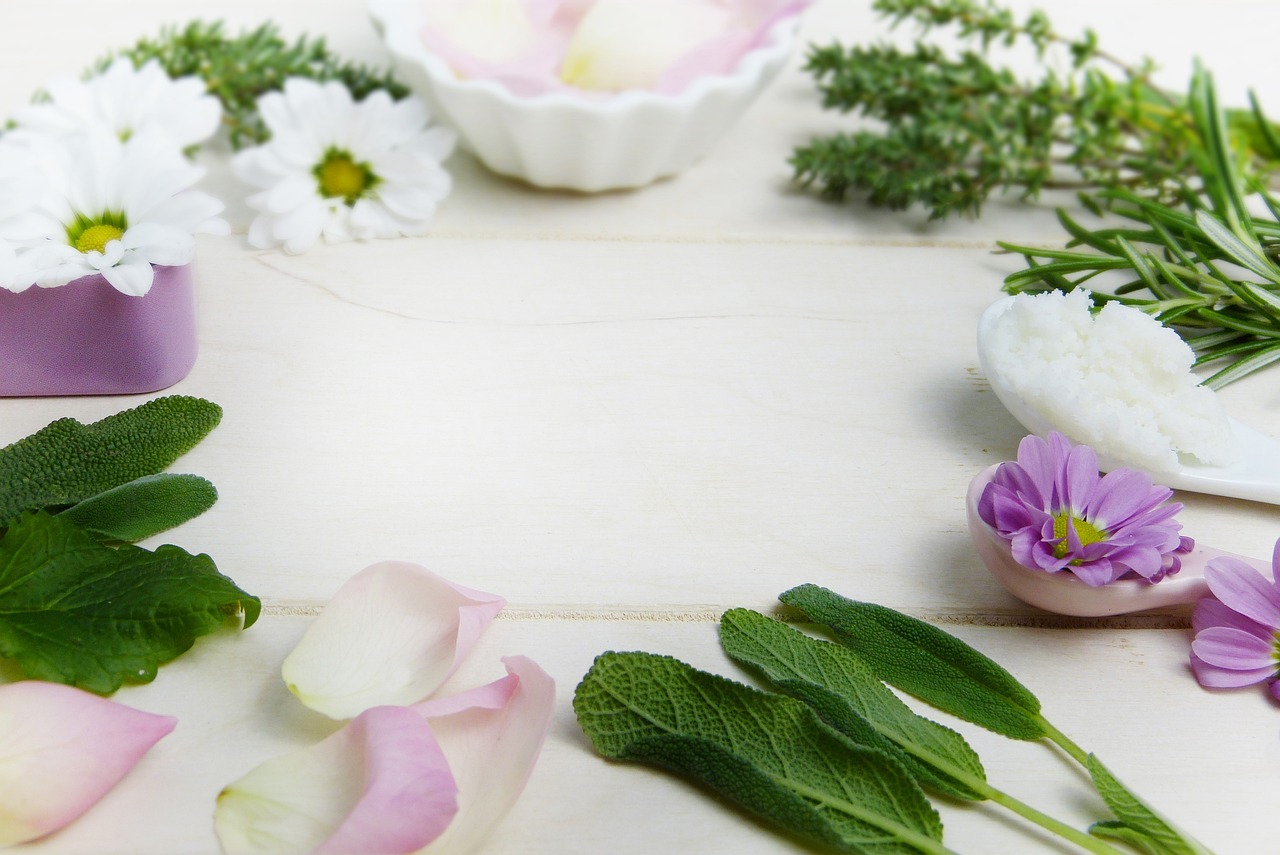The Institute for Vibrant Living natural health research dept. has released the following report on the use of natural herbs:
As more and more people become disenchanted with traditional modern medicine, the notion of herbs for healing is gaining popularity.
From ancient medicine men to modern holistic healers, people from every culture have recognized the potent healing properties of plants and herbs. Many traditional medicines have their roots in herbal remedies.
As studies continue to validate the benefits of herbal medicine, more and more people are choosing to augment or even substitute herbal remedies for traditional medicines.
The use of herbal remedies often focuses on long-term health and treating the underlying causes rather than the symptoms.
Beyond everyday herbal remedies, herbal medicine can treat many problems and diseases such as high cholesterol, arthritis pain, weight loss, colds, flu and other common health concerns.
Following is a list of some of the more popular and well-known herbals in use today:
Aloe Vera:
Aloe Vera is applied topically for relieving sunburn, minor burns and other skin inflammations. It is obtained from the fresh leaves of plants or is available as a commercially prepared gel or lotion. It is also available in a juice form that will boost the immune system and help relieve digestive distress.
Valerian:
This is a natural sedative that can be ingested in tea form.
Garlic:
One of the best known and most widely used herbal remedies. Garlic helps prevent infection and is a natural antibiotic. Deodorized versions are gaining in popularity.
Arnica:
Derived from the flowers of the arnica plant, this natural remedy is available as an oil, ointment, or tincture. It is used for treating bruises.
Calendula:
Calendula has antiseptic and anti-inflammatory properties and is used to treat rashes and minor abrasions such as razor nicks. It is available in tinctures, oil, lotions and creams. Lotions and creams should contain at least 10% calendula to be effective. It is for topical use only and is made from the flowers of the calendula plant.
Chamomile:
When taken internally in the form of tea or a tincture, chamomile promotes relaxation and decreases stress. It is also an anti-spasmodic so it works well for gastrointestinal problems.
Echinacea:
This is available in extract, tincture or capsules. It is made from the roots and leaves of the plant internally. It works by strengthening the immune system to prevent upper respiratory infections, such as colds. Many people use this during the winter months to help ward off colds and flu.
Ginger:
The medicinal properties of ginger come from the rhizome (similar to the root) of the plant. Ginger alleviates nausea and motion sickness and relieves chest congestion associated with colds. USE 100% ginger only in the form of fresh rhizome, crystallized, extract, ginger syrup or capsules.
Lavender:
Essential oil of lavender is distilled from the flowers of the plant and promotes emotional well-being and relaxation primarily through the sense of smell.
Rosemary:
The rosemary plant has properties that can calm the digestive system. It is also available in an oil form that helps relieve sore muscles and can help increase circulation.
Slippery Elm:
This comes in the form of lozenges, powders, capsules and extracts and is made from the inner bark of the elm tree. It is used to alleviate coughs and soothe sore throats due to colds or bronchitis.
Tea Tree oil:
The leaves of the tea tree are distilled into oil and contain antifungal properties effective in getting rid of athlete’s foot and yeast infections. It also has anti-bacterial properties and can be used to treat acne and relieve irritation from insect bites or mild sunburn. Use 100% tea tree oil full strength or dilute with water. Do not use tea tree oil internally.
And for the ladies, here are some “up and coming” herbals that address female concerns:
Dong Quai:
Often called “female ginseng,” this traditional Chinese herb helps to build strong blood and tones the uterus.
Nettle:
Abundant in complex vitamin and minerals, nettle is said to nourish the female reproductive system, making it a great tonic for fertility.
Lady’s Mantle:
Rich in tannins and nutrients, this herb can ease excess bleeding and pain, and may help support reproductive organs.
Raspberry Leaf:
With a plethora of minerals, raspberry leaf is a classic fertility and pregnancy tonic and may help to lessen uterine prolapse symptoms.
Bear in mind that you should only use herbal remedies that are sold by reputable companies since the potency of herbs can vary from sources that companies buy from.
Also, you can look for direct-to-consumer growers and providers that can guarantee the herbal source, as well as its potency.
You can also talk to your holistic practitioner about reliable sources they would recommend for your herbal purchases.
Many of these herbs can also be easily grown in your garden. You can surf the internet for do-it-yourself sources.
Trending up in the industry are natural herb formulators such as Institute for Vibrant Living.
These formulators are blending traditional herbs with food-based vegetable and plant sources to create a new generation of “herbal hybrids” that address specific health concerns with more “herbal firepower” than single herbs by themselves.
All in all, the herbal remedies available today are vast and ever expanding, and we have barely scratched the surface in this report.
The Author:
David Flores is a natural health researcher for Institute for Vibrant Living, a leading source for all-natural supplements, vitamins, and minerals for many health and nutrition challenges. To learn more about the products offered by the Institute for Vibrant Living visit http://www.ivlproducts.com
